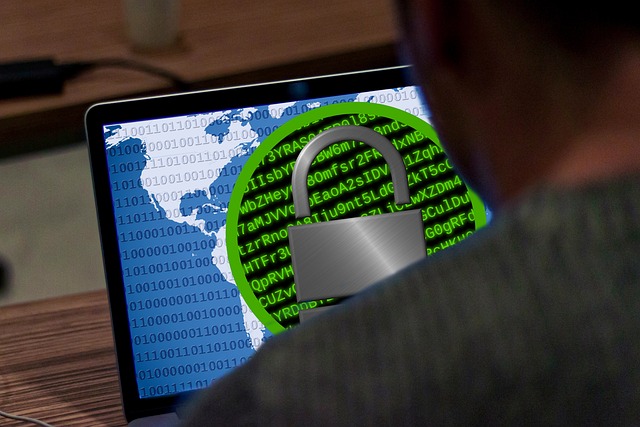It is uncommon for an enterprise to have all of its data meticulously organized in a single data center. Due to the need for redundancy, performance, compliance, and business continuity, most enterprises have multiple data centers. According to a global IT survey, 33 percent of respondents reported that their company operates between three and five owned or collocated data centers.
While having multiple data centers can add complexity, remote office/branch office (ROBO) environments, which are often necessary for business growth, present even greater challenges. Keeping these edge environments safe from ransomware is difficult because technical staff are rarely available on-site and these offices may be located far from the primary data centers.
Ransomware attacks have become increasingly common in recent years, with businesses of all sizes being targeted. These attacks can have devastating consequences, including the loss of important data and significant financial losses. With the growing trend towards edge computing, it is essential to take steps to protect your business from ransomware at the edge. In this article, we will outline some strategies you can use to protect your business.
What is edge computing?
Edge computing is a type of computing where data is processed closer to the source rather than being sent to a central server for processing. This can be particularly useful in situations where real-time data processing is required, such as in IoT (Internet of Things) devices or in autonomous vehicles. However, it also presents new security challenges.
- Keep your software up to date
One of the most important things you can do to protect your business from ransomware is to keep your software up to date. This includes not only your operating system but also your applications and any firmware that is used in your edge devices. Software updates often include security patches that can protect against known vulnerabilities, so applying these updates as soon as they become available is essential.
- Use strong passwords and two-factor authentication
Another critical step in protecting your business from ransomware is to use strong passwords and two-factor authentication. Weak passwords can be easily guessed by attackers, giving them easy access to your systems. Two-factor authentication adds an extra layer of security by requiring a second form of authentication, such as a code sent to a mobile device, before granting access to a system.
- Limit access to critical systems
It is also important to limit access to critical systems to only those who need it. This can be accomplished through the use of role-based access controls, which ensure that only authorized users can access sensitive data or systems. By limiting access, you can reduce the risk of ransomware attacks and minimize the impact if an attack does occur.
- Regularly back up your data
Regularly backing up your data is essential in protecting your business from ransomware. If your data is backed up regularly, you can restore it in the event of an attack, minimizing the impact of the attack. It is important to keep backups offsite or in the cloud, to ensure that they are not affected by an attack on your local systems.
- Use anti-malware software
Finally, it is important to use anti-malware software to protect your systems from ransomware. Anti-malware software can detect and block malicious software before it can cause damage to your systems. It is essential to keep your anti-malware software up to date to ensure that it can detect the latest threats.
In conclusion, ransomware attacks are a serious threat to businesses of all sizes, and the growing trend towards edge computing presents new security challenges. By keeping your software up to date, using strong passwords and two-factor authentication, limiting access to critical systems, regularly backing up your data, and using anti-malware software, you can protect your business from ransomware at the edge. By taking these steps, you can minimize the risk of attacks and ensure that your business can continue to operate smoothly and securely.



